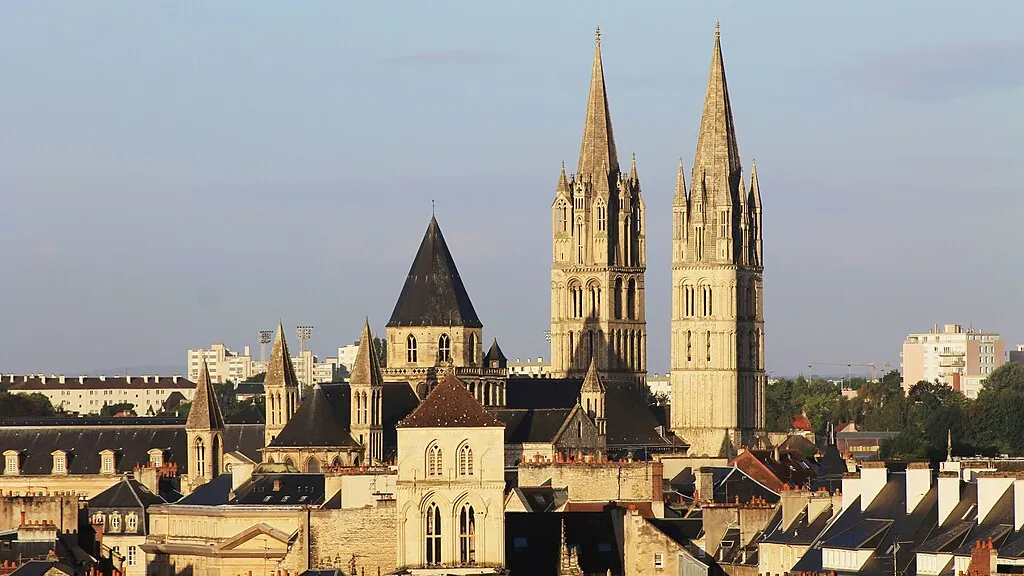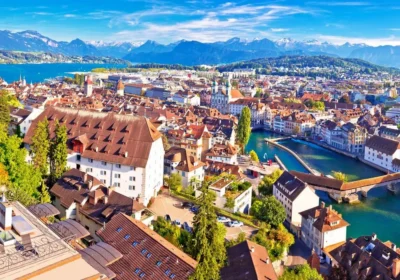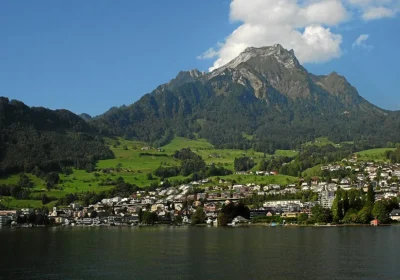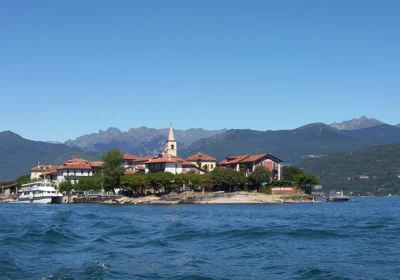The oldest and richest province of France. The French kings give it to the Normans, who conquered France at the time of the Varangians coming to Russia. One of the direct descendants of the first Norman duke is the founder of the English royal dynasty.
This is the trade route from England to Europe, hence the wealth of the province. Beautiful castles, mighty farms, sun-drenched fields, forests and coastlines – this is what Normandy looks like. Add to this the fashionable resorts where, for example, Belmondo, Brigitte Bardot or members of the government stroll, famous couturiers and all sorts of celebrities, include luxury villas and swarms of expensive cars, glittering casinos and endless rows of yachts, and you get an idea of this region. Not to mention its ancient towns, fish restaurants, cuisine, rocky shores and sandy beaches…
Rouen. Hardly the most beautiful city in Normandy. About 1500 picturesque Norman houses of XIV-XVII centuries in the style of “à colombage”. There are also many private Renaissance mansions.
In 1431, Joan of Arc, betrayed by the French king, was burned in his main market square. At the site of the execution is a cross, around which is a flowerbed shaped like the flames of a bonfire. The modern temple dedicated to the Maid of Orleans is one of the most original in France.
Nearby is Rouen’s other popular monument, the Tower of the Great Clock (La tour du Gros Horloge), built in the early 16th century. The majestic Cathédrale Notre-Dame is a monument of the Gothic era of the XII-XV centuries. Its façade became world famous thanks to Claude Monet’s series of works “The Cathedral of Rouen”, the main part of which is in the Musée d’Orsay in Paris. The church of St Maclou (Église St-Maclou) is a fascinating example of the Gothic style. Nearby is the Academy of Arts, housed in the galleries of what is probably Europe’s only surviving plague cemetery.
Half-metre-wide streets, picturesque old houses, powerful Gothic cathedrals – it seems that you have travelled back at least 4 centuries…
Can. It has been known since the I century. In the 11th century, William the Unlawful makes it the capital of the Duchy of Normandy. He asks for the hand of Matilda of Flanders. She answers him with an insulting refusal: “I would rather remain an old maid than marry a bastard!”
The duke goes to Lille, seduces Mathilde by cunning, force and persuasion… As a result, the pope is forced to authorise the marriage, even though the young are cousins. As penance, William and Matilda promise to build two Benedictine monasteries in Cana. A few years later, William conquers England and establishes the first dynasty of English kings. He is now known as William the Conqueror.
The mighty fortress was founded in 1060 and built up over the following centuries. Today it is fashionable to climb the impressive walls, visit the Museum of Fine Arts, the Normandy Museum, the ancient Chapel of St George (a 12th-15th century monument), the 13th century Parade Hall, where kings returning from the Crusades were received…
West and east of the fortress are two abbeys, a male and a female, founded respectively by William and Matilda. In the main church of the male abbey rests the remains of William’s tomb (burned by Protestants). Queen Mathilde was buried in the majestic Holy Trinity Church of the convent, which she built on her vow.
The town itself is beautiful, with its cosy port, ancient streets, remnants of the town’s fortifications, and 19th-century boulevards. …

















